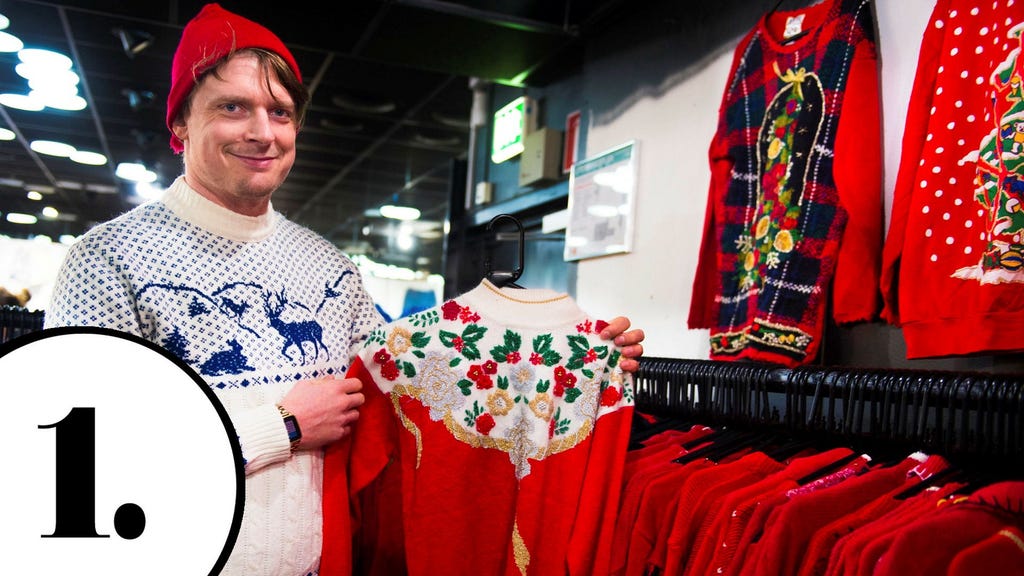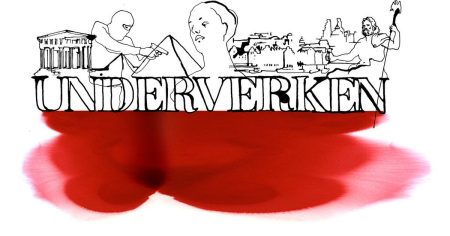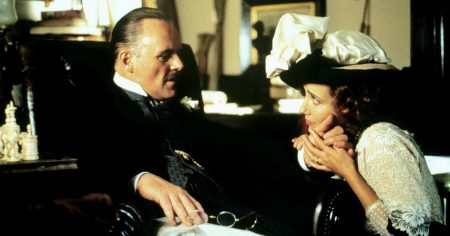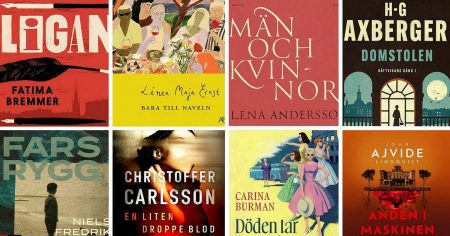The tradition of donning an intentionally unattractive, garish, and often comically themed Christmas sweater, affectionately known as the ”ugly Christmas sweater,” has evolved from a niche quirk to a full-blown festive phenomenon. Initially met with amusement or even disdain, these knitted monstrosities, adorned with everything from reindeer sporting sunglasses to Santa Claus wrestling an octopus, have become a staple of holiday celebrations, signifying a playful embrace of kitsch and a lighthearted approach to the festive season. This shift in perception, from ironic detachment to genuine enjoyment, raises interesting questions about the dynamics of fashion, tradition, and the social signaling embedded within our clothing choices. The act of wearing an ugly Christmas sweater is no longer simply about the garment itself; it’s become a performative gesture, a declaration of participation in a shared cultural experience, and a way to navigate the complex social landscape of the holidays.
The evolution of the ugly Christmas sweater can be traced back to the hand-knitted sweaters of the mid-20th century, often featuring festive motifs like snowflakes, reindeer, and Christmas trees. These sweaters, crafted with love and intended to evoke warmth and holiday cheer, were cherished gifts and symbols of family tradition. However, as mass-produced clothing became more accessible, these homemade creations began to be viewed by some as somewhat dated and aesthetically questionable. This perception laid the groundwork for the ironic embrace of the ”ugly” Christmas sweater in the late 20th and early 21st centuries. Initially, wearing these sweaters was a tongue-in-cheek commentary on the perceived tackiness of past fashion trends. It was a way to simultaneously acknowledge and subvert the earnestness of traditional holiday celebrations.
The rise of irony as a dominant mode of cultural expression, particularly among younger generations, played a crucial role in the popularization of the ugly Christmas sweater. Irony provided a safe space to engage with potentially sentimental or emotionally charged traditions without appearing overly earnest or sentimental. Wearing an ugly Christmas sweater became a wink and a nod, a way to participate in the festivities while maintaining a sense of detached cool. This ironic stance allowed individuals to express their holiday spirit without feeling constrained by the perceived pressures of conforming to traditional notions of good taste or festive etiquette. The inherent humor of these garments also served as a social lubricant, providing a common ground for conversation and shared laughter during holiday gatherings.
However, as the trend gained traction, the lines between irony and genuine appreciation began to blur. What started as a playful rebellion against traditional aesthetics gradually morphed into a sincere celebration of kitsch and a playful embrace of the absurd. The ugly Christmas sweater became a symbol of unadulterated festive joy, a way to cast aside self-consciousness and revel in the spirit of the season. This shift can be attributed, in part, to the inherent inclusivity of the trend. The very nature of the ugly Christmas sweater encourages a rejection of conventional fashion norms and embraces individuality. The more outlandish and over-the-top the sweater, the better. This emphasis on individuality and self-expression resonates with a contemporary cultural landscape that increasingly values authenticity and celebrates personal style.
Furthermore, the commercialization of the ugly Christmas sweater has also played a significant role in its mainstream acceptance. Retailers recognized the market potential of this burgeoning trend and began mass-producing a wide array of increasingly elaborate and outlandish designs. This commercialization, while potentially diluting the original ironic intent, has made these sweaters more accessible and affordable, further solidifying their place in contemporary holiday culture. The availability of pre-made options also removes the barrier to entry for those who lack the knitting skills or time to create their own unique creations. This ease of access has contributed to the widespread adoption of the trend across different demographics and age groups.
In conclusion, the evolution of the ugly Christmas sweater from an ironic statement to a mainstream symbol of festive cheer reflects a broader cultural shift towards embracing playfulness, individuality, and a more relaxed approach to tradition. The act of donning an intentionally ”ugly” garment allows individuals to momentarily shed the constraints of conventional fashion norms and embrace the absurdity of the holiday season. It’s a way to connect with others, share a laugh, and express a sense of communal belonging. While the initial ironic intent may have faded for some, the underlying message remains the same: to embrace the spirit of the holidays with a sense of humor and a willingness to let loose. The ugly Christmas sweater, in its own peculiar way, has become a symbol of festive liberation. It represents a rejection of pretense and a celebration of the joy and camaraderie that lie at the heart of the holiday season.














